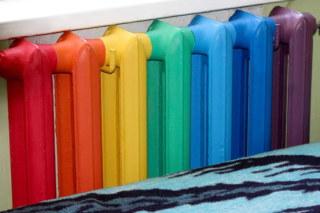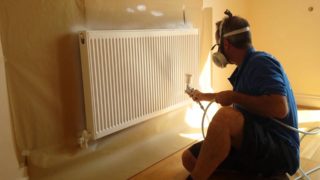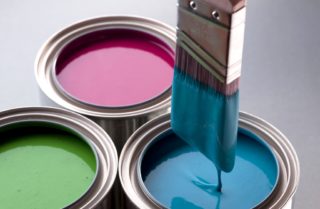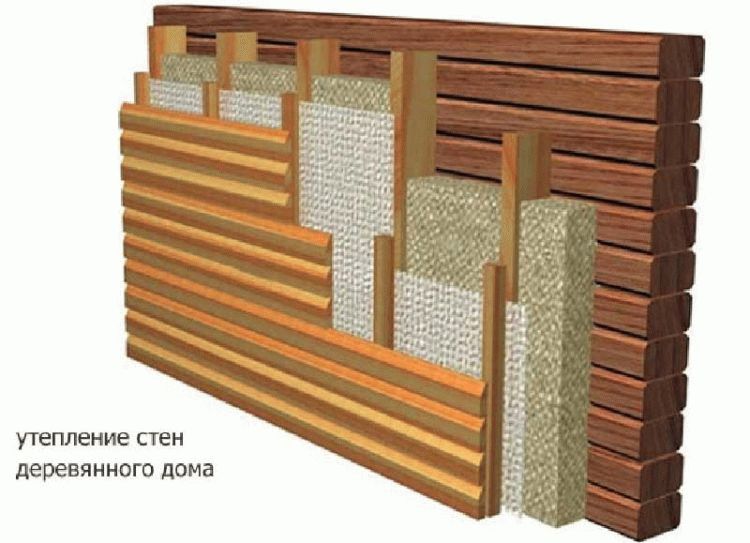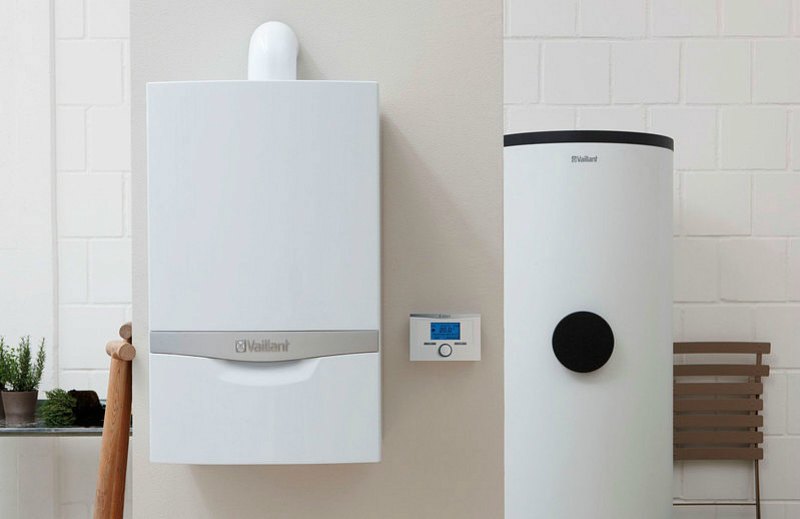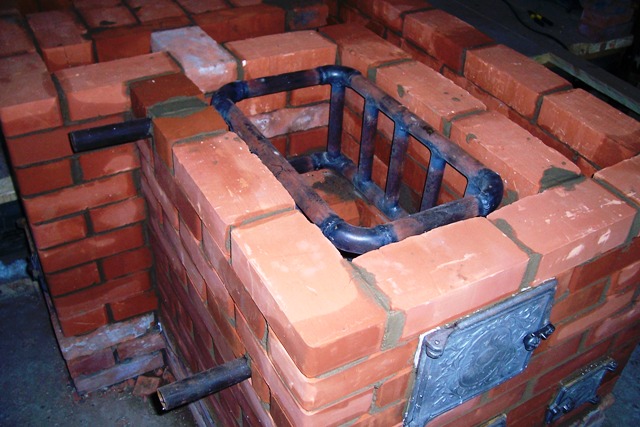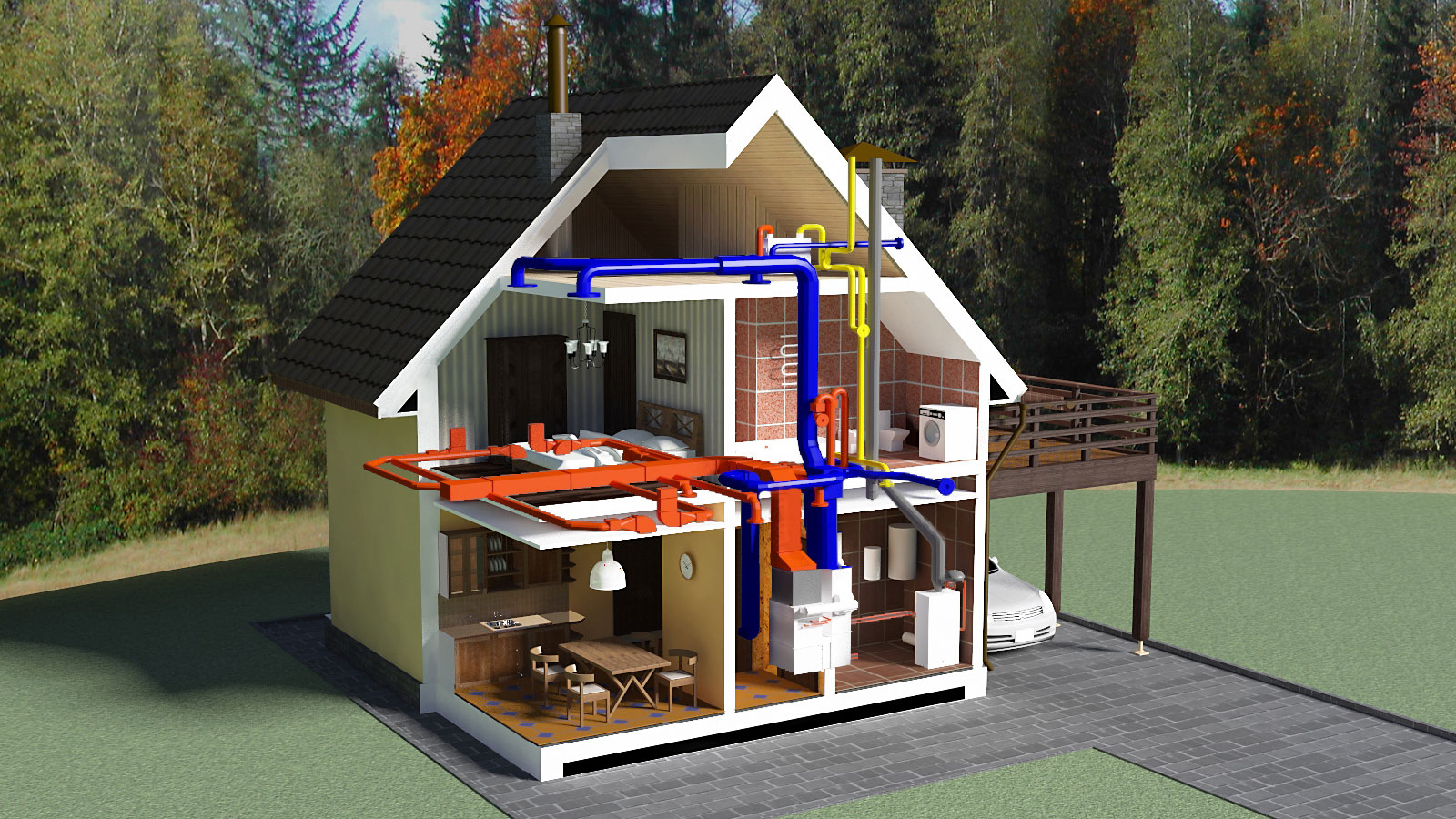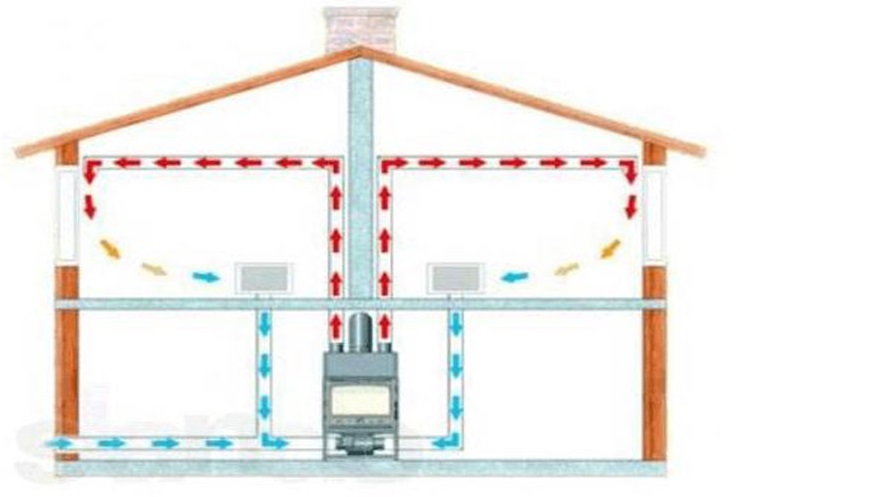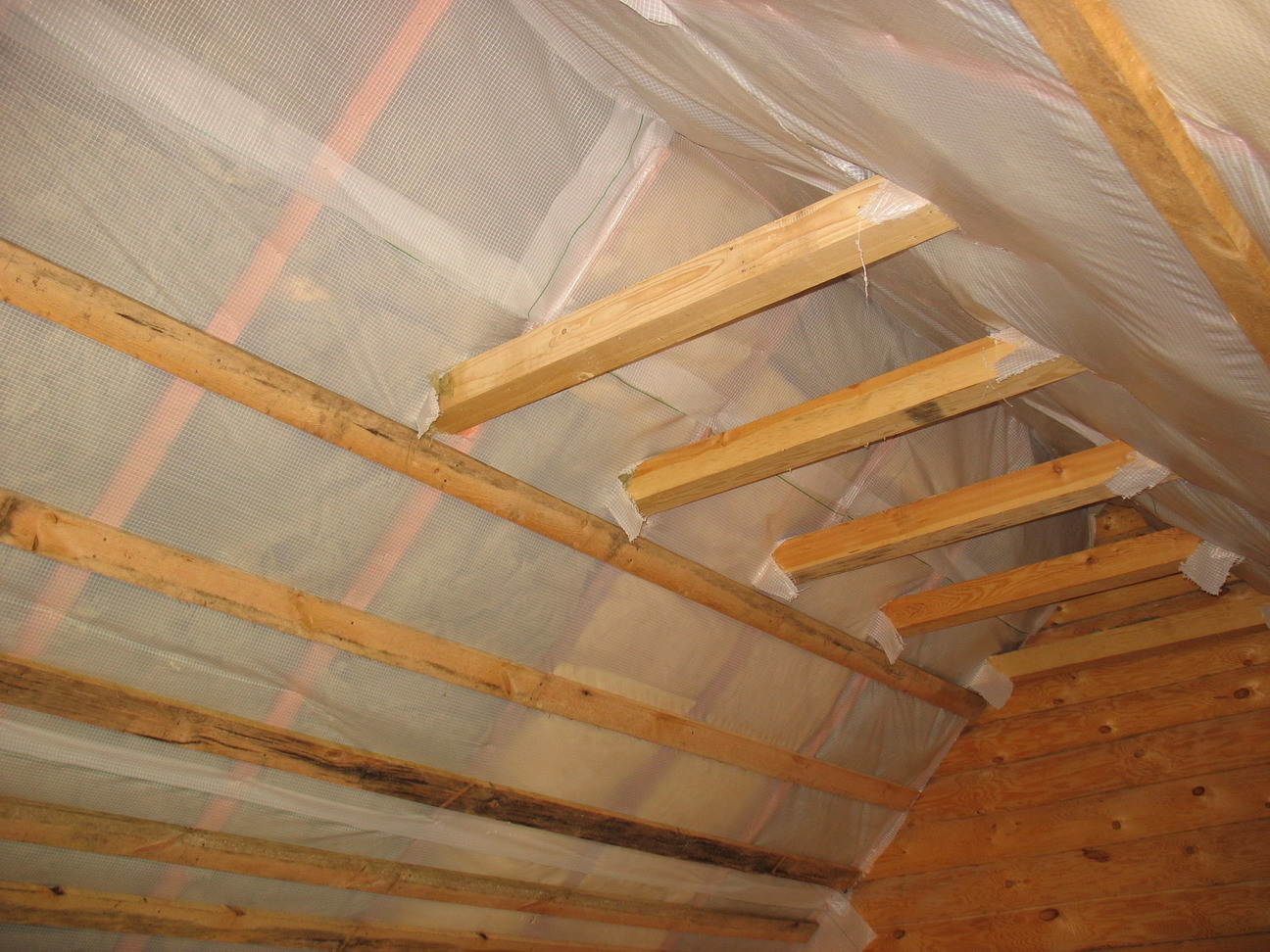When renovation is brewing, it comes to every corner of the house. No details are left without attention. In order for everything to be beautiful in the room, you should take a closer look at your batteries and improve them. This article will discuss how to independently paint pipes and a heating radiator so that they serve for a long time, efficiently, and harmoniously fit into the interior. Next, the whole system of work will be described: the sequence, which tools to use and which paint to choose. After reviewing this material, it will be easier for builders to decide which paint is most suitable, what is the difference between the types, and what are the features of each of them.
General coloring tips
Actually, in such areas it is recommended to focus attention first of all. Also, painting should go from top to bottom in a thin layer. Experts in this field recommend painting the battery in two thin coats. When the first is completely dry, the second should be applied. The surface will be smooth, consistent, and there will be no drips.
Where to start painting a heat radiator
In the case when the batteries are new, it is still necessary to sand, degrease, remove dust, rub with special paper - this is necessary for good adhesion of the enamel. If such rules are not followed, it will crack in speed, lose its integrity, and drips will appear. When the battery is completely cleaned, it is necessary to apply a primer with anti-corrosion agents.
Choosing the right paint
Acrylic enamels for metal
The useful properties of this type of paint include its high temperature resistance, protection against corrosion for many years, versatility and availability. Acrylic enamels are used quite often in repair work, they fit perfectly on metal and are able to stay in good condition for many years. The disadvantages include the fact that it takes, on average, a month in order to fully gain a foothold on the surface. During this period, it should be protected from dirt and other damage.
Alkyd enamels for metal
The composition of alkyd enamels includes alkyd varnish and fillers with organic solvents. Among them, there are various classifications based on the composition. Alkyd enamels PF-223 are the best for painting a radiator with pipes. The advantages of such paint are in a variety of shades, it dries quickly and remains in excellent condition. Of the shortcomings, it should be mentioned that it has an unpleasant specific odor that lasts for a long time, even after drying.
Water-based paints
Among the advantages of such a paint is its comfortable use, it has no smell, dries quickly, contains many shades, but it is quite expensive. Before applying, you should carefully prepare the surface, apply at a temperature of +5 degrees.
When the choice of paint is made, you should proceed directly to the process of work itself. To protect the floor from paint drips, cover it with newspapers or something else, and then start applying the product. For a high-quality painting of the radiator and pipes, paint must be carefully and evenly applied. Therefore, a spray gun, capable of distributing it in a thin layer, will help a lot here. Also, all other places should be painted with a brush - you need to take two small ones: one flat, the second with a curved end (to penetrate into those places where it is difficult to get).
If done correctly, the battery will shine like new and will be a good source of heat, as well as organically fit into the home environment. The correct shade will help with this. Today, you can find an endless variety of different colors on sale. Among them, there is sure to be the one that perfectly suits the design of the room.

